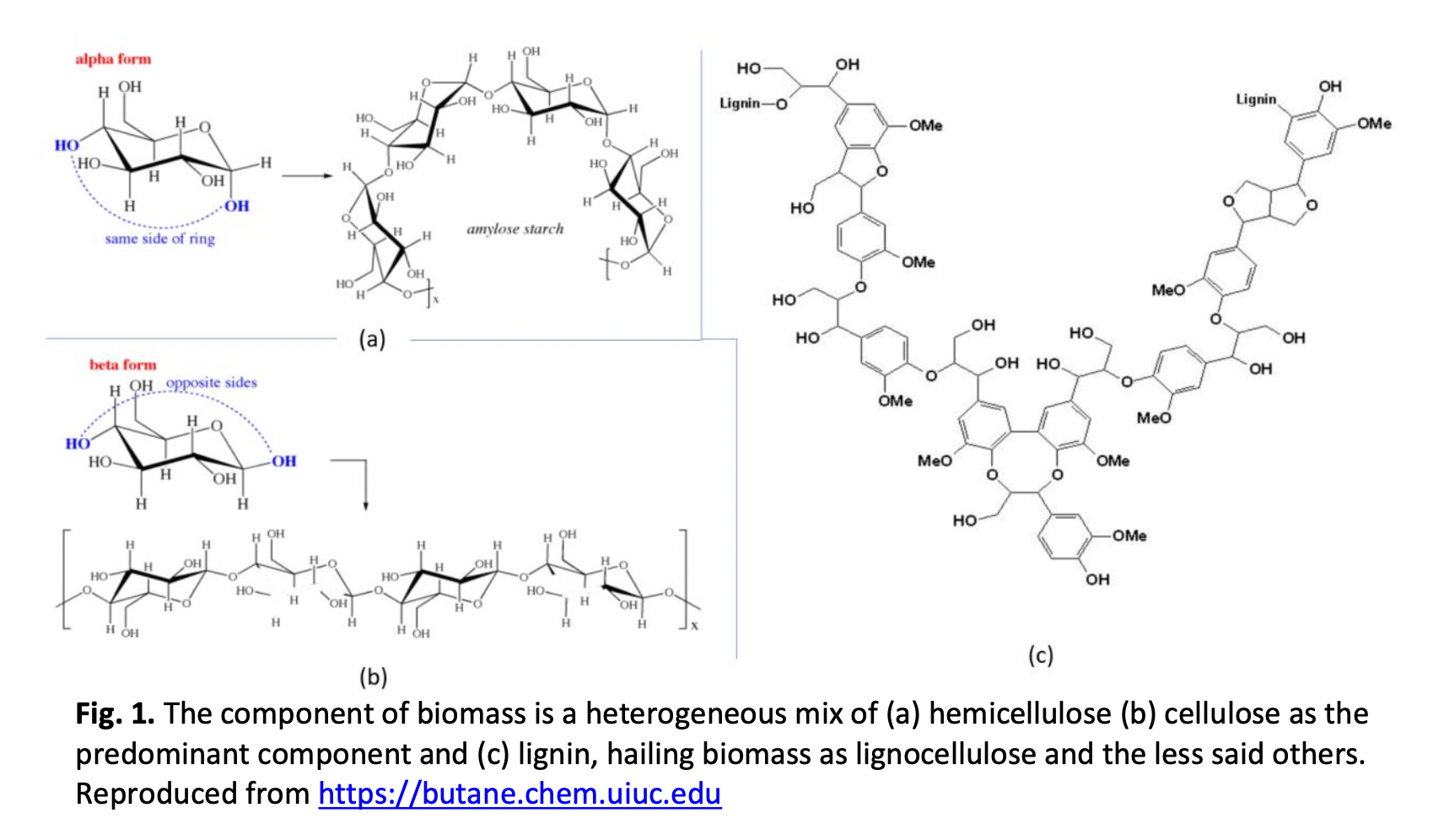Inscribing the Compositional Changes of Heterogeneous Bio-system through FTIR Spectroscopy – Demonstration of Guideline to Sound Interpretation
DOI:
https://doi.org/10.37934/araset.29.2.276290Keywords:
FTIR, Spectroscopy, Nanoscale, Biomass, Crystallinity, Bio-silicatesAbstract
Fourier transform infrared (FTIR) is a powerful technique for chemical structural elucidation for pure compounds but demanding for heterogeneous samples. Configuration with a complete spectral library supports auto-elucidation simply by matching with the spectral database. The technique is highly accurate for a pure, totally unknown organic sample but no more than an approximation for a complex macromolecule or a mixture of compounds due to the poor selectivity or the inability to differentiate C-H variations. Spectral complexity increased with sample heterogeneity due to the responses from inter-atomic or molecular bond vibrations, making analysis demotivating enough to prompt analyst to duplicate interpretation. This study demonstrates a stepwise guide for interpreting the FTIR output. Comparative analysis of signals laid on a spectral overlay was demonstrated, followed by band assignment based on assimilated literature and underlying reactions. Scrutiny on the critical spectral regions required sound FTIR interpretation of heterogenous samples to arrive at an adequate scientific understanding of the underlying reactions. With a justified choice of band, samples' relative crystallinity determined via FTIR approximated those derived from the x-ray diffraction (XRD) spectroscopy. Beyond crystallinity, the calculated indices may also be the markers of certain reactions and sufficient replication could be used to define the route of the extent of the reactions. Adopting the recommended steps allowed a comprehensive understanding of scientific work. The findings signal FTIR's suitability for robust analysis of heterogeneous samples with the level of accuracy dependent on the depth of data harvest and sound theory-backed interpretation.
Downloads





























